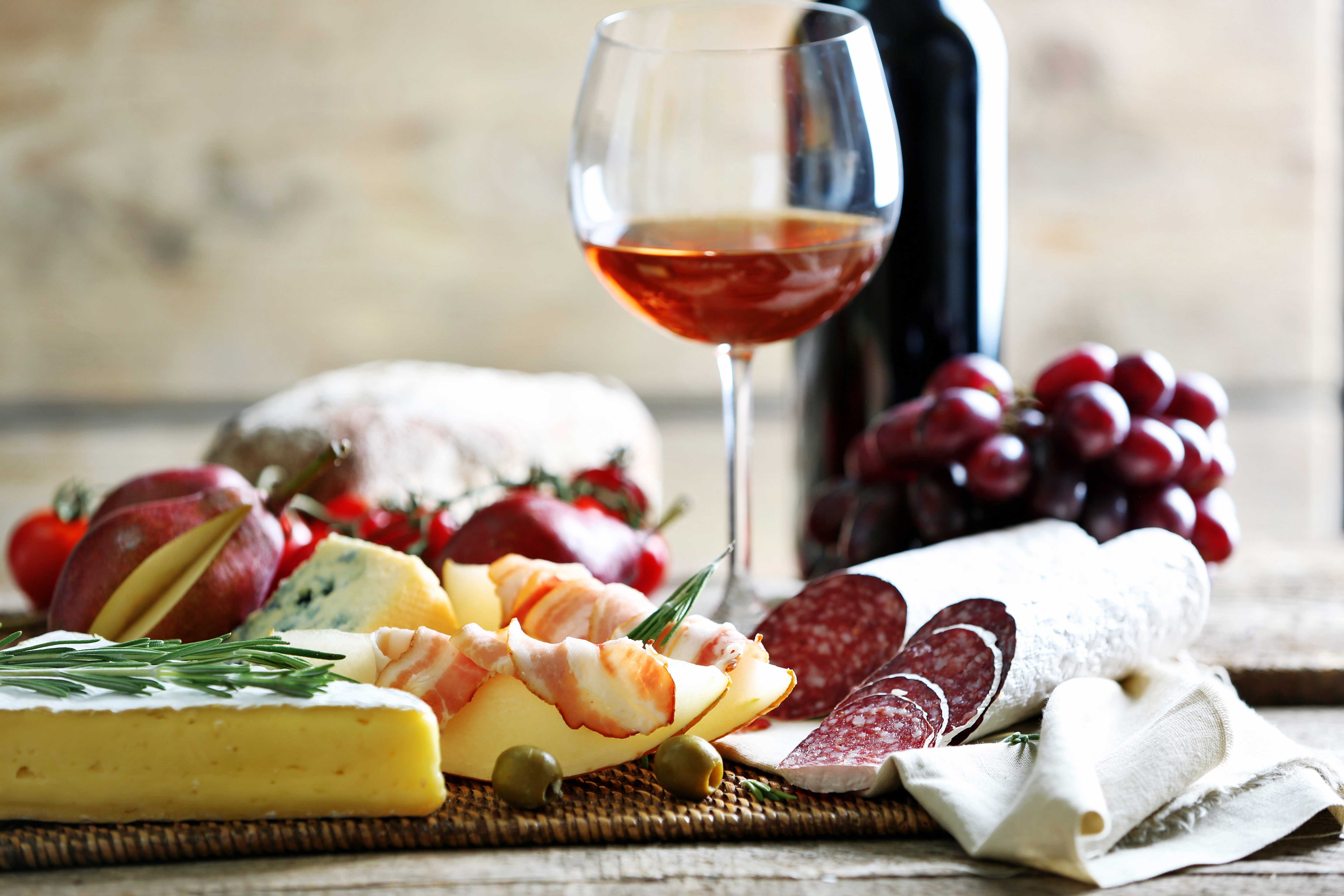
Italy is a country with a national identity undoubtedly tied to viticulture and wine. When the Greeks first established colonies on the Italian peninsula in the eighth century BCE, they referred to Italy as Oenotria, or “the land of trained vines”. Vineyards are found in every part of Italy, and wine is a necessary part of the traditional Italian table. Since the mid-twentieth century, wine quality has improved enormously, and appreciation for the varietals of Italy’s indigenous regions has surged around the world. The subject of Italian wine is immense, as there are currently 403 official wine regions, as well as several hundred grape varieties. This article will focus on four major areas of production: Tuscany, Piedmont, Veneto, Sicily, and their major grapes.

Tuscany is perhaps the most famous region in Italy, due to the wine, history, culture, landscape, and art of its capital city: Florence. The first officially designated wine in Italy was Vernaccia di San Gimignano, which earned the distinction in 1966. Although not as famous as it once was, Vernaccia di San Gimignano is an excellent choice for those looking for an interesting alternative white wine. It is usually light-bodied and refreshing, with citrus and orchard fruit notes, as well as a slight nutty bitterness on the finish. The hills of Chianti produce earthy red wines made mainly from Sangiovese, the most widely planted grape in Italy. Chanti has been famous for centuries – even recognized for quality since the days of the Medici family. Not far from Chianti is the town of Montalcino – the home of Brunello made from a local clone of Sangiovese, called “Sangiovese Grosso.” This wine exhibits characteristics of bright red fruit, earthiness, tobacco, and cedar. Brunello can be one of the fullest bodied wines in the world with enormous complexity, richness, and aging potential.

The Piedmont Region in Northwest Italy is home to a wine called Barolo, which comes from a village of the same name. Barolo is many times compared with Tuscany’s Brunello, often referred to as the “Queen” and “King” of wines respectively. Barolo is made from a grape called Nebbiolo, and is known for full body, light color, high tannin, and flavors of sour cherry, rose petals, and tar. There are several additional wines in Piedmont worthy of adventurous wine drinkers’ attention. Dolcetto (literally, “little sweet” in Italian) which ironically, is not sweet, but a dry, medium-bodied red wine with dark fruit flavors and silky smooth texture. Barbara, among the most widely planted grapes in Italy, is a dark, dry, red wine that is easy to confuse with Cabernet Sauvignon in a blind tasting. Often served as “house red” at Italian restaurants, Barbera can be truly great when treated with the respect it deserves from top winemakers. Arneis, a crisp white grape, was historically grown alongside Nebbiolo as a protective measure against birds, which seem to prefer white grapes. Lovers of Sauvignon Blanc will enjoy the crisp, refreshing structure and citrus flavors.

The Veneto Region is the provence around Venice. Some of the best selling Pinot Grigios in the United States come from Veneto, including Santa Margarita. There are, however, a number of other wines to consider from the area. Soave, a dry and crisp wine made mainly from the Garganega grape, makes a nice alternative to Pinot Grigio. Prosecco is made from the Glera grape, and can be one of the best values for sparkling wine available. Valpolicella Classico, Valpolicella Ripasso, and Amarone della Valpolicella are all red wines made from a blend of indigenous grapes. The Classico is made with fresh grapes in a traditional style. Amarone is made from the same grapes that are dried first to produce a richer, more-concentrated style, while Ripasso is a Classico wine made on the lees (dead yeast etc.) of Amarone, for a medium-rich style. Valpolicellas are often fruit forward and smooth enough to be appealing to lovers of New World red wines.

Sicily has an enormous variety of climates for grape growing, from subtropical to alpine, and a large number of native grape varieties. If you’ve never had wine from Sicily, try one from the following categories: Etna Rosso, Cerasuolo di Vittoria, Moscato di Pantelleria, and Marsala. Etna Rosso is made from a blend of local red grapes, including Nerello Mascalese and Nerello
Cappuccio, that are grown on the slopes of the active volcano, Mount Etna. These wines tend to be bold and dark, with a fruit-forward style that is appealing to those who enjoy New World wines. Cerasuolo di Vittoria is the only DOCG in Sicily. (The term DOCG designates an appellation as being of superior quality according to the government of Italy). Red wines in Cerasuolo di Vittoria are made from the distinctive native grapes Nero D’Avola and Frappato. Moscato di Pantelleria comes from the island of Pantelleria, which is actually closer to Tunisia than to the main island of Sicily. They are some of the most opulent, honeyed dessert wines in the world, made from the rustic Moscato di Alessandria, which is referred to as Zibibbo in Sicily. The town of Marsala is fortunate that the recipe for chicken marsala remains popular around the world. High quality Marsala, a fortified wine similar to port, is difficult to find in the US, as most consumers buy the cheap cooking version. If you find good Marsala, you should give it a try!
The wines of Italy offer endless enjoyment and excitement for those willing to explore new experiences. Pick up a few bottles, a pizza, a good wine book and let the adventure begin!



